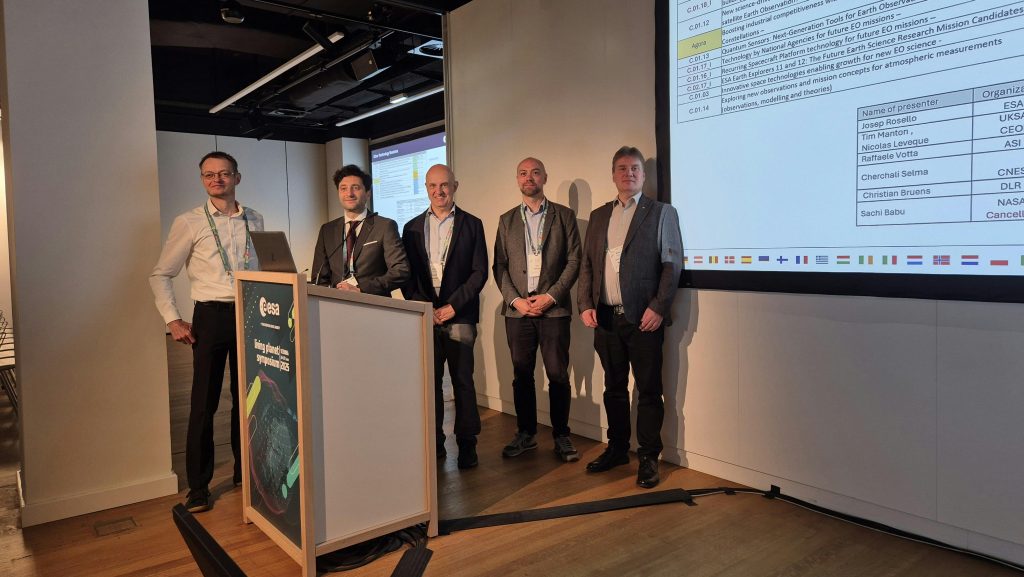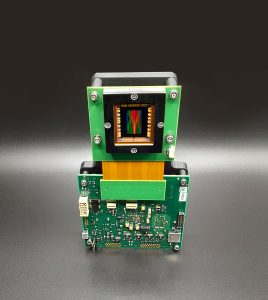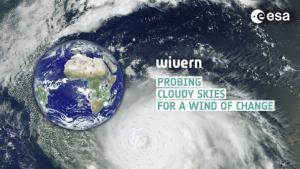Delegates at one of the world’s premier events in Earth observation heard how the UK is developing innovative technologies in this field during a presentation co-delivered by CEOI’s director.
Dr Nicolas Lévêque joined Tim Manton from the UK Space Agency to speak at the Living Planet Symposium which took place last month in Vienna, Austria.
The five-day event, which is held every three years by the European Space Agency (ESA), explored the latest scientific findings based on satellite data, and reviews the contribution that data and technologies have made and could further make in addressing environmental and societal challenges.
Delegates also heard about novel products, services, missions and initiatives, demonstrating how science, society, policy-making, businesses and the economy can all benefit from observations made from space.
In the face of a worsening climate crisis, this year’s event focussed on moving
from ‘observation to climate action and sustainability for Earth’.
Dr Lévêque, CEOI director, and Mr Manton, Earth Observation Programmes and Industry Lead for the UKSA, were among the speakers in a session exploring the technology strategy and developments in national programmes for future Earth observation missions.
Their talk outlined the four objectives of current Earth observation technology strategy in the UK:
- Economic impact with increased exports and economic growth
- Innovation to enable future missions
- Capability and strengthening the UK position
- Return on ESA investment.
Dr Lévêque provided an overview of CEOI and its role in delivering UKSA’s Earth Observation Technology Development Programme and shared how the CEOI supports a growing range of technologies which offer tangible benefit to future missions, giving examples of how CEOI delivers return on the UK investment in ESA.
One such project is Craft Prospect’s intelligent camera using XCAM’s Nuscis instrument as a Forward-Looking Imager (FLI) – an AI-powered camera system that enables real-time operational decision making in small satellite missions.
Another is RAL Space SOLSTICE mission, consisting of two ultra-compact and complementary limb-sounding instruments, which enable highly accurate and high-resolution atmospheric composition measurements in the 10-50km altitude region of the atmosphere, helping to address the gap in understanding of the impact of greenhouse gases.
Dr Lévêque said: “The Living Planet Symposium is a fantastic stage on which to share the work we are doing in conjunction with the UK Space Agency, and which complements other technology developments going on through European Space Agency programmes, where the UK is often said to ‘punch above its weight’.
“We were delighted to share with delegates our role in developing UK technologies which are at the forefront of Earth observation and will have a direct impact on climate change policy and/or growing the UK economy.
“It was extremely interesting to hear from other national agencies about the strategies in place across other countries, demonstrating that by working together, an exciting future for
Earth observation lies ahead.”




